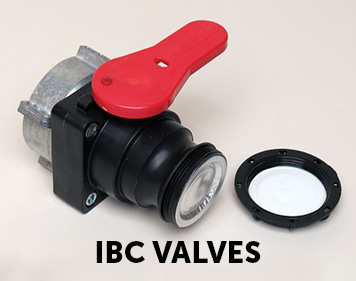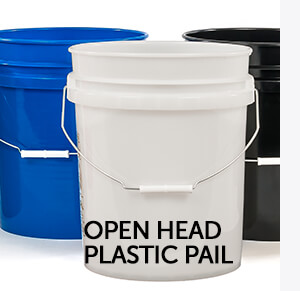Gasoline Storage 101: Being Ready for Whatever Comes Your Way
Besides food and water, the other essential item that needs to be stored is FUEL. The overwhelming majority of vehicles on the road still use gasoline, and in an emergency your usual sources of gasoline will either run out or shut down.
First, Some Basic Guidelines.
Here are some important things to do if you decide to store gasoline. Remember that it’s a Class 3 Flammable Liquid, a hazardous material that’s regulated by local, state, and federal governments, so be sure to consider those laws, as well as insurance requirements, as you develop your storage plans.
Now, Let's Examine Safe Gasoline Storage Containers.
If you only intend to store a small amount, use an approved safety storage/dispensing can. For larger volumes, use fewer containers of larger capacity and transfer the fuel as needed. Choose closed head steel drums that are UN-marked 1A1/Y1.2/250 or higher. They’re designed to be stable containers for hazardous contents. Avoid plastic drums – they’re somewhat permeable and susceptible to deterioration by ultraviolet light.
Gasoline expands a lot in warmer weather-its vapor pressure is 50% more at 100F than at 70F. If the drum isn’t properly vented, this internal pressure could cause the drum to leak. At the same time, you mustn’t allow any vapors to build up in an enclosed space; sparks from light switches, garage door openers, the water heater, and many more, can initiate a catastrophic explosion and fire. Store your properly vented drums outdoors in a well-shaded area or open-sided enclosure away from other buildings. If you’re worried about tampering or pilferage, consider security locks especially designed for drums.
At the same time, cold weather will tend to lower the pressure inside the drum, creating a vacuum. This can also occur as fuel is drained from the drum.
Finally, Let's Talk About Proper Accessories.
Any time you transfer gasoline, a charge of electricity builds up on it as it flows through a pipe or hose. An accidental static discharge is just as dangerous as a spark from a switch. To help prevent sparks, it’s critical that static electricity be prevented from building up on either the storage drum or the can or tank you’re transferring to. This is done by electrically grounding it to the earth via a grounding wire and rod or water pipe. Then, use another bonding wire between the storage container and any container or tank that is being filled; they conduct static electricity from the can or tank back to the drum and then to ground. This is all much easier to do with steel drums and cans.
Remember that you have to use pumps designed specifically for transferring gasoline from one container to another. Ordinary electric pump motors (even low voltage motors) can throw dangerous sparks. You want to be sure to look for drum hand pumps for flammable liquids. Try an Underwriters Laboratory (UL) or Factory Mutual (FM) approved pumps or UL listed drum faucets and FM approved faucets, and always have a few fire extinguishers approved for gasoline readily on hand whenever you’re filling or transferring gasoline.
Gasoline deteriorates in storage, and the gummy varnish that forms can clog your fuel system just when you need it most. So, don’t forget to use a good fuel stabilizer and rotate your stock once a year or so. Gasoline is also toxic, so avoid breathing the vapors and use gloves when handling it.
Handle oil storage correctly and your plant, facility, or storage space will be in good care.







